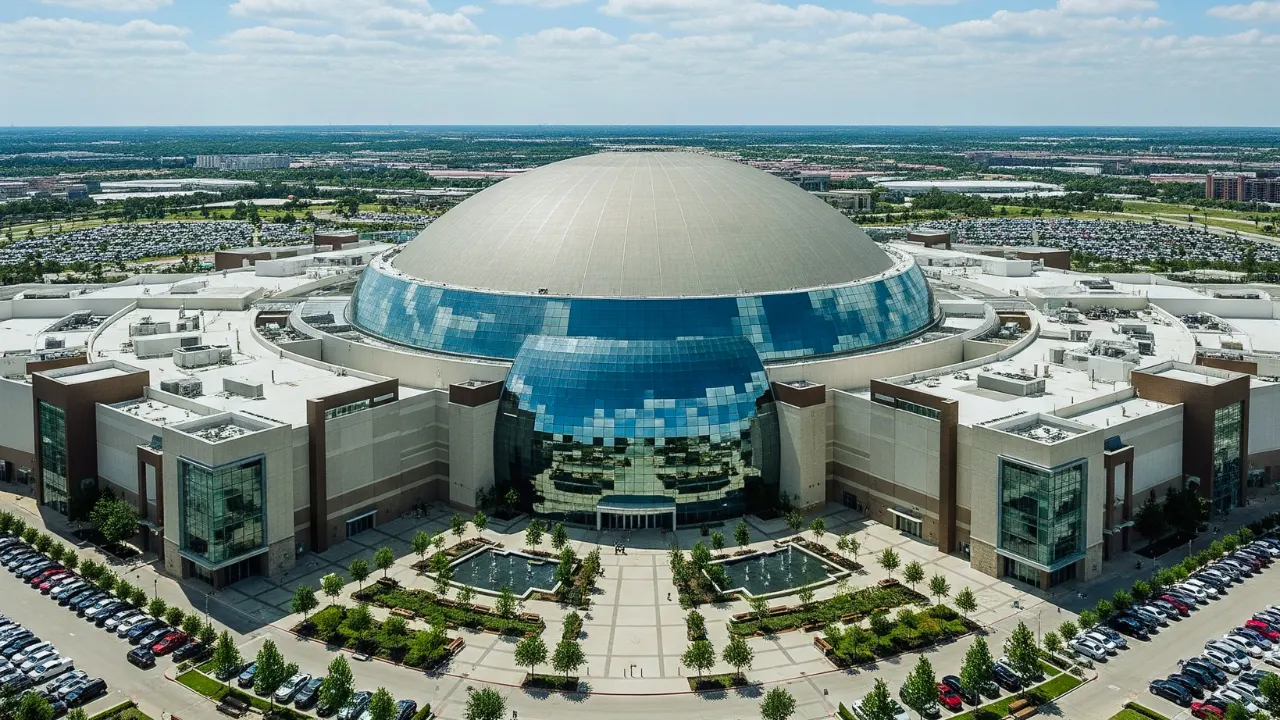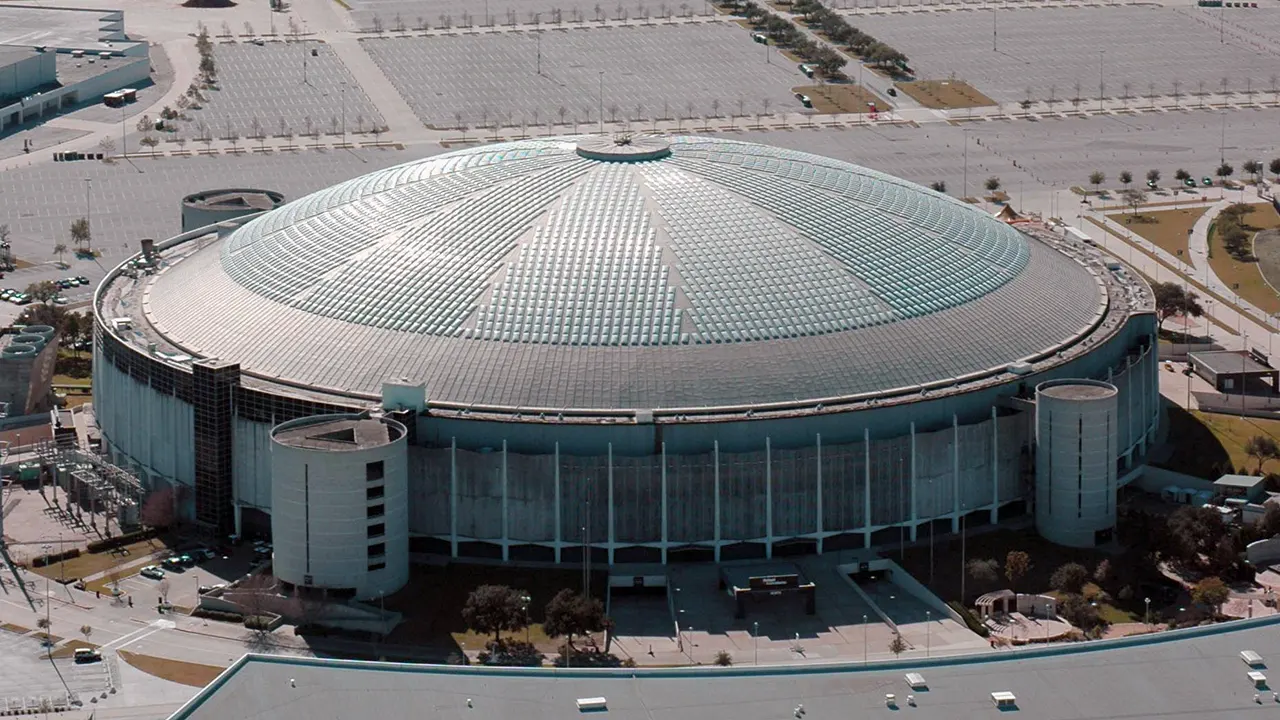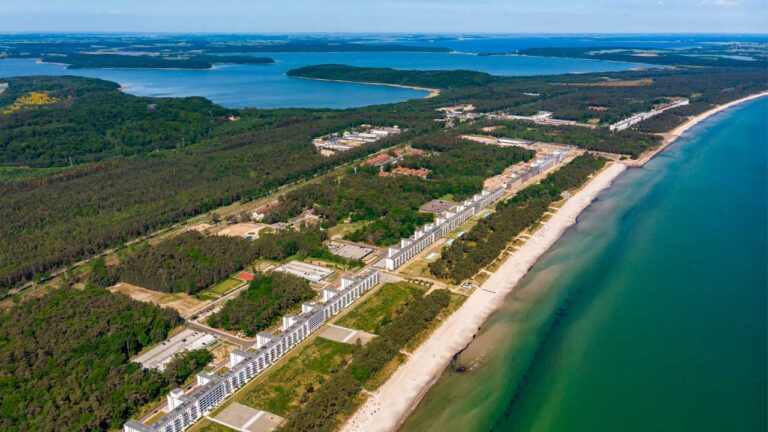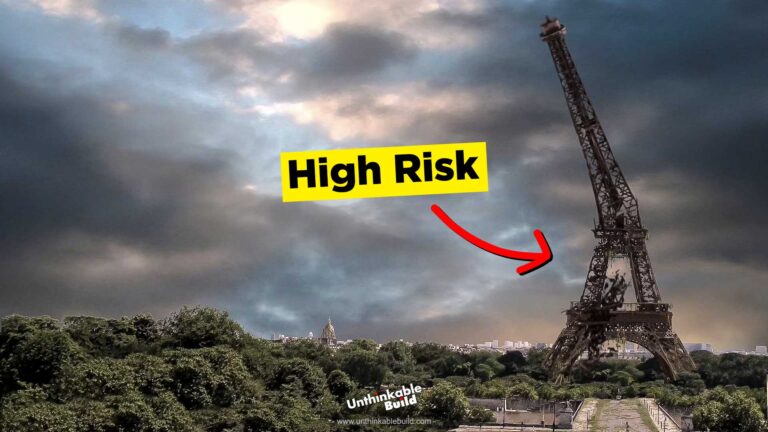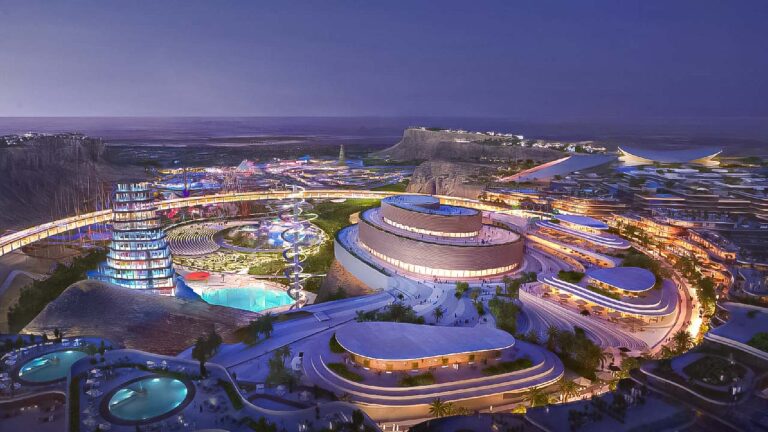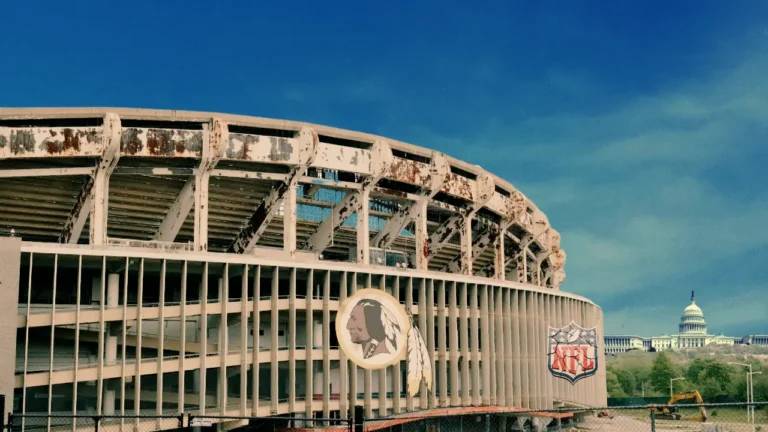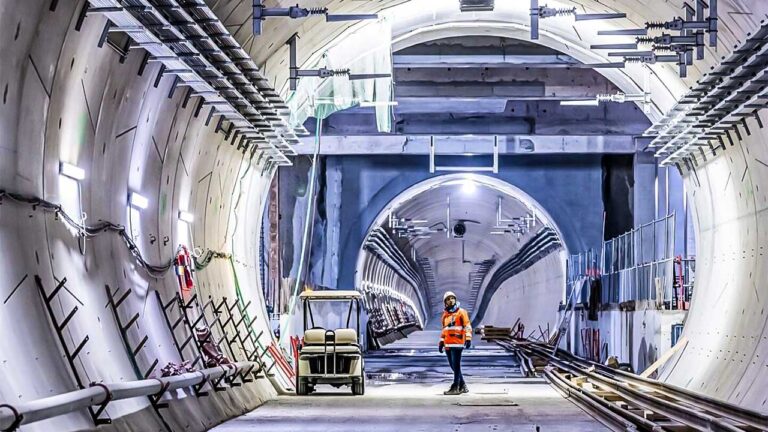The $1B Plan to Save Houston’s Astrodome
Houston’s Astrodome, once celebrated as the “Eighth Wonder of the World,” stands silent today. For decades, this engineering marvel symbolized American ambition and Houston’s meteoric rise as a modern city. Now, the stadium faces a crossroads: a billion-dollar revival or a costly demolition. The stakes could not be higher.
I walked through downtown DC near Capital One Arena, feeling the buzz of the crowd, and it reminded me of standing under the Astrodome’s massive roof for the first time, feeling the cold air and the roar of thousands of fans echoing around me, as if the future had just arrived.
A Dome That Changed Sports Forever
When it opened in 1965, the Astrodome shattered expectations. It was the world’s first fully enclosed, air-conditioned sports stadium, built for a city that sweltered in summer heat and humidity. Its 642-foot roof, supported by a steel truss with no interior columns, created an unobstructed view for 67,000 fans. At 208 feet tall and covering 9.5 acres, it was unmatched in scale and ambition.
The dome had more than just a roof. Its air conditioning system could move two million cubic feet of air every minute. The seating sections could shift for different sports. Its massive scoreboard was one of the first animated displays ever seen in a stadium. And after natural grass failed to grow indoors, the team pioneered AstroTurf, a synthetic surface that forever changed sports.
For 34 years, it was the beating heart of Houston’s sports and entertainment scene. The Astros played their first games here. The Oilers called it home. Elvis Presley performed to screaming crowds. Muhammad Ali defended his heavyweight title in front of a packed arena. Pope John Paul II addressed tens of thousands under its roof.
Even in its later years, the Astrodome played a vital role. In 2005, during Hurricane Katrina, it became an emergency shelter for thousands of evacuees.
Its engineers built it to withstand Gulf Coast hurricanes with winds up to 165 mph. Yet progress eventually caught up with it. When NRG Stadium opened in 2002, the Astrodome became obsolete. By 2009, it was shuttered, used mainly for storage, yet still costing Harris County taxpayers around $2.3 million a year to maintain.
The Billion-Dollar Vision
Today, leaders face a difficult decision: preserve the dome or demolish it. Because the Astrodome became a Texas State Antiquities Landmark in 2018, tearing it down would require state approval.
The most ambitious plan proposes a $1 billion redevelopment. The concept reimagines the Astrodome as a modern 10,000-seat arena surrounded by hotels, restaurants, and office spaces. The field level could transform into a flexible venue for concerts, esports events, conventions, and cultural festivals.
Construction could begin in 2028 and finish by 2031 if funding falls into place. Private investors, corporate sponsorships, and tax incentives would help reduce the burden on taxpayers. Supporters believe this project could generate thousands of jobs, attract millions of visitors annually, and inject significant revenue into Houston’s economy.
Planners envision a bright, walkable district linking the dome to NRG Stadium with glass walkways, plazas, and green spaces. It would combine historic preservation with contemporary architecture, keeping the original roof while surrounding it with modern facilities.
Alternative Proposals Gaining Attention
Not everyone supports a billion-dollar investment. Several cheaper proposals remain under review:
- A $200 million plan to complete basic repairs and reopen the dome for occasional community events, trade shows, and high school sports. While affordable, it would likely generate only about $5 million annually.
- A $150 million “innovation hub” concept to convert the dome into an education and research center. Universities could host labs and classrooms, while startups in energy, aerospace, and robotics could lease workspace. The location near NASA’s Johnson Space Center makes this idea attractive for companies in the space sector.
- An indoor urban park concept, still being evaluated, would use the dome’s massive indoor area for gardens, walking paths, farmers’ markets, and recreation year-round. Families could enjoy outdoor-style spaces even during Houston’s extreme weather.
All proposals must preserve the dome’s exterior structure and roof due to its historic designation.
Divided Opinions and Major Hurdles
Public opinion remains split. Around 95 percent of Houstonians favor reusing the Astrodome rather than demolishing it. Yet fewer than half want large amounts of taxpayer money spent on the project.
The interior poses major challenges. Outdated plumbing, electrical wiring, and fire safety systems would need complete overhauls. Meeting current building codes for accessibility and safety could add hundreds of millions in costs. Asbestos removal and other environmental remediation would further increase expenses.
City planners also worry about traffic congestion and scheduling conflicts with NRG Stadium, which already hosts NFL games, major rodeo events, and concerts.
Supporters point to successful redevelopments worldwide. Seattle’s Climate Pledge Arena, London’s Wembley Stadium, and even Rome’s Colosseum have all shown that historic venues can be revitalized. Critics argue Houston lacks the tourism demand to justify such a high price tag.
What Comes Next
Harris County officials are currently reviewing feasibility studies to determine the long-term economic impact of each proposal. Negotiations with potential private partners are ongoing.
If funding is secured, the construction project itself could become a showcase for modern engineering techniques, much like the dome did in the 1960s. Yet if no viable plan emerges, demolition despite the legal hurdles may become inevitable, clearing the land for parking or new development.
A Legend Waiting for Its Final Chapter
The Astrodome is far more than concrete and steel. It reflects a time when cities dared to dream big, when Houston positioned itself as a hub of technology, energy, and space exploration. Losing it would erase a piece of Texas history and American sports culture.
Supporters believe saving the Astrodome would honor Houston’s past and inspire future generations. Critics see it as a costly relic that prevents progress elsewhere. The debate feels similar to Washington D.C.’s $3.8 billion gamble on RFK Stadium, where leaders must decide if an aging icon deserves a second life or should fade into history.
Whatever the outcome, the dome’s story is unfinished. For now, it stands empty, its vast interior echoing with memories of roaring crowds and historic moments.
I still picture that first moment walking through its tunnels into the bright stadium bowl. You felt like you were stepping into something bigger than life itself. That feeling is what makes so many Houstonians fight for one last chance to see the Astrodome alive again.

